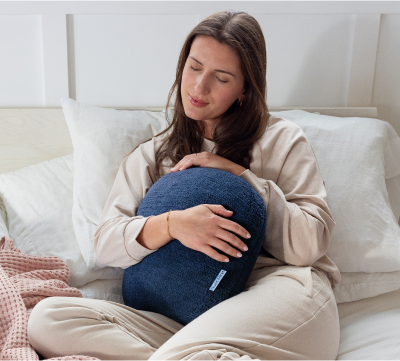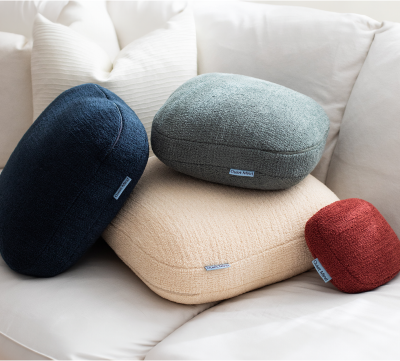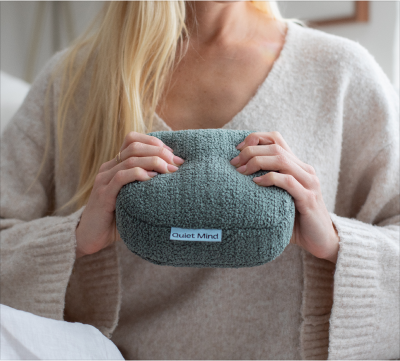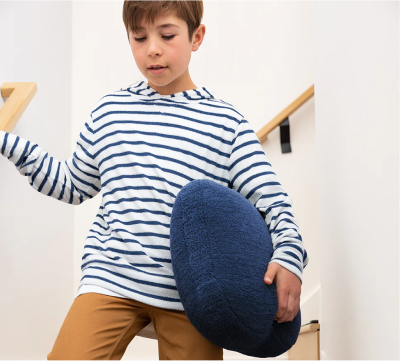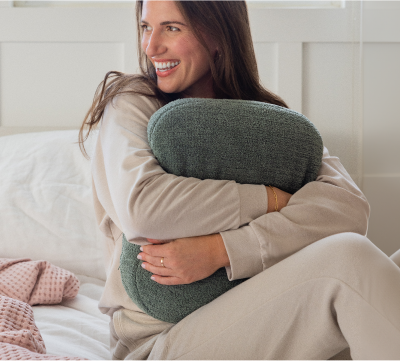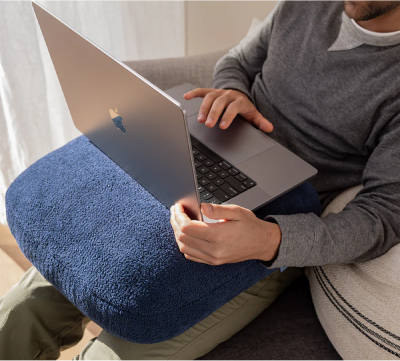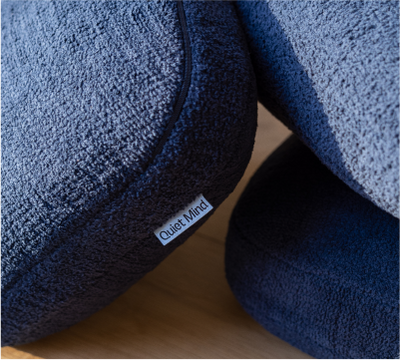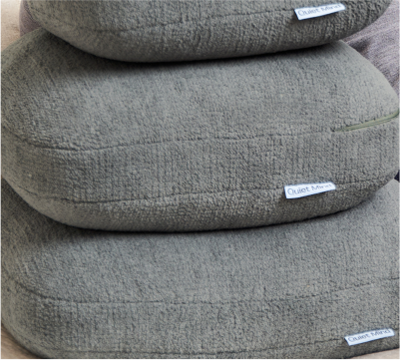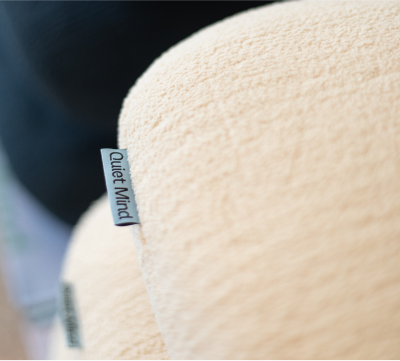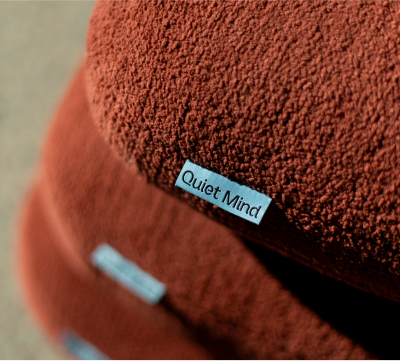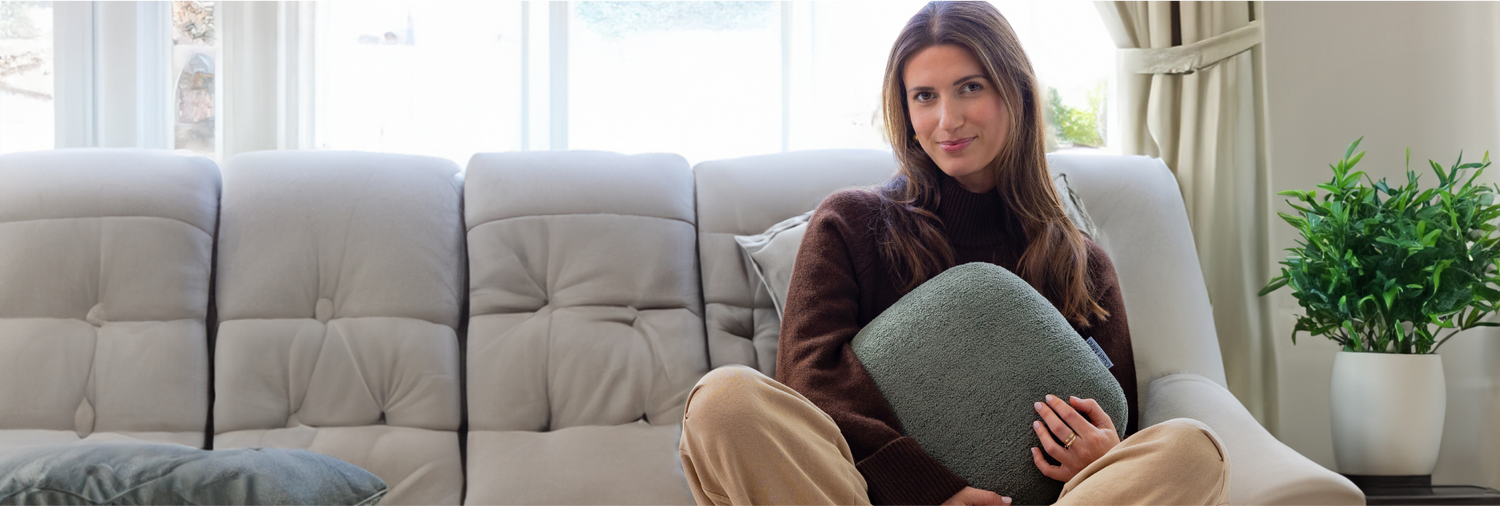For many people, ADHD isn’t just about difficulty paying attention. It often shows up as persistent overwhelm, missed deadlines, emotional fatigue, and challenges in daily routines and relationships. These experiences can feel isolating—especially when the strategies that work for others don’t seem to help.
If you’re newly diagnosed or supporting someone with ADHD, finding the most effective treatment can feel both urgent and deeply personal. That’s because attention deficit hyperactivity disorder varies widely from person to person. What helps one individual stay focused and balanced might not work at all for someone else.
This article offers a grounded, practical look at ADHD treatment options—so you can explore what’s available, understand what’s evidence-based, and begin to build a path that truly supports your or your loved one’s needs.
Understanding ADHD: Symptoms and Diagnosis
ADHD symptoms often affect attention, emotion, and behavior. They can show up as daydreaming, disorganization, emotional outbursts, or impulsive decisions. Some people with ADHD feel like their brain is moving too fast to catch a break—others struggle with motivation or focus.
Core symptoms include:
- Inattention (e.g., distractibility, forgetfulness, disorganization)
- Hyperactivity (e.g., restlessness, fidgeting, excessive talking)
- Impulsivity (e.g., interrupting, difficulty waiting, emotional outbursts)
But ADHD also shows up in subtler ways:
- Emotional dysregulation
- Difficulty transitioning between tasks
- “Time blindness” or underestimating how long things take
Diagnosis typically involves:
- Clinical interviews
- Behavior questionnaires
- Input from family, teachers, or partners
- Ruling out other conditions like anxiety, depression, or trauma
Diagnosis is not about labeling—it’s about understanding. With clarity, comes the ability to manage symptoms with more confidence and compassion.
Types of ADHD and How They Influence Treatment Choices
Attention deficit hyperactivity disorder presents in different ways, which impacts which strategies or therapy approaches will be most effective.
Three main types:
- Predominantly Inattentive: Quiet, dreamy, often overlooked. Common in girls and adults.
- Predominantly Hyperactive-Impulsive: More externalized behaviors—restlessness, impulsivity, blurting.
- Combined Type: A mix of inattention and hyperactivity/impulsivity.
Why this matters:
Different types may respond differently to medication or therapy. For example, inattentive types may benefit more from tools that improve sustained focus, while hyperactive types may need strategies to manage energy and impulse control.
Treatment planning should reflect the real-life challenges the person faces—not just what shows up on paper.
Most Effective ADHD Medications: What Works Best?
For many adults with ADHD or families raising kids with ADHD, ADHD medication can be transformative. But it’s not a one-size-fits-all solution, and success depends on finding the right type, dose, and timing.
Stimulant Medications (e.g., Adderall, Ritalin)
Stimulants are the most commonly prescribed and studied ADHD medications. They work by increasing dopamine and norepinephrine in the brain—chemicals that support focus and motivation.
Common stimulant types:
- Methylphenidate-based: Ritalin, Concerta, Daytrana
- Amphetamine-based: Adderall, Vyvanse, Dexedrine
Benefits:
- Quick onset (often within 30–60 minutes)
- Proven to reduce core symptoms in 70–80% of users
Considerations:
- May cause side effects like appetite loss, sleep issues, or increased anxiety
- Requires careful dosage adjustment
- Not suitable for everyone, especially those with certain heart or anxiety conditions
Non-Stimulant Options
Not everyone tolerates stimulants well. Non-stimulant medications offer alternatives with slower onset but steady, longer-term effects.
Examples include:
- Atomoxetine (Strattera): A selective norepinephrine reuptake inhibitor.
- Guanfacine (Intuniv) or Clonidine (Kapvay): Alpha agonists that help with hyperactivity and sleep.
- Bupropion (Wellbutrin): Sometimes used off-label for focus and mood regulation.
These may be better suited for:
- People with a history of substance misuse
- Those with co-occurring anxiety or tics
- Children or adults who experience strong stimulant side effects
ADHD Medication for Adults vs. Children
In children:
- Medication decisions often involve teachers, parents, and pediatricians.
- Side effects like appetite suppression or sleep issues are carefully monitored.
- Dosing is based on age, weight, and behavior.
In adults:
- Treatment may focus more on improving work performance, relationship dynamics, and emotional regulation.
- Adults may need longer-acting formulations to support work and home life.
- Co-existing conditions like anxiety or depression are more common and may affect medication choice.
Behavioral Therapy: A Proven ADHD Treatment Without Medication
While medication helps many, some prefer or need non-drug options. Behavioral therapy—especially cognitive behavioral therapy (CBT)—is one of the most well-researched and effective methods.
Cognitive Behavioral Therapy (CBT) for ADHD
CBT helps individuals recognize unhelpful thought patterns and build new habits to manage their time, emotions, and responsibilities.
CBT for ADHD focuses on:
- Reframing negative self-talk (“I always mess up deadlines” → “I struggle with time, but I can build a system.”)
- Learning tools for organization and planning.
- Reducing procrastination through behavior tracking.
- Managing emotional dysregulation and frustration.
CBT doesn’t “fix” ADHD—it gives people the insight and techniques to better navigate its challenges, especially in adults who’ve lived with years of internalized shame or misunderstanding.
Parent Training and Classroom Interventions
For children, success often depends on consistency and structure at home and school.
Parent training programs (like Triple P or PCIT) focus on:
- Clear expectations and routines
- Positive reinforcement strategies
- Emotion coaching and modeling regulation
In the classroom:
- Seat placement, visual reminders, and short instructions help maintain focus.
- Behavior charts and breaks improve engagement.
- Collaboration between teachers and families builds consistency.
These supports teach kids how to cope, not conform—reducing shame and helping them thrive in neurotypical spaces.
Lifestyle Changes That Enhance ADHD Treatment Success
Medication and therapy are powerful, but lifestyle choices can significantly influence ADHD symptoms and treatment outcomes.
Diet and Nutrition Strategies
The ADHD brain craves fuel—and not just sugar or caffeine.
Supportive nutrition habits:
- Protein-rich breakfasts (e.g., eggs, yogurt, nuts) improve focus and mood.
- Omega-3 fatty acids (found in fatty fish, chia seeds, or supplements) may help regulate attention.
- Balanced meals prevent blood sugar crashes that worsen irritability.
Be mindful of food sensitivities: some individuals notice behavioral shifts related to dyes, preservatives, or gluten—but this varies and should be explored with guidance.
Exercise and Physical Activity Benefits
Movement isn’t just physical—it’s mental medicine.
Exercise supports ADHD by:
- Releasing dopamine and norepinephrine (like medication)
- Improving sleep, mood, and emotional regulation
- Enhancing working memory and task persistence
Best approaches:
- Aerobic activities (running, swimming, dancing)
- Structured movement breaks between tasks
- Morning workouts to boost executive function for the day ahead
Even short walks or stretching can “reset” a dysregulated nervous system.
Sleep Hygiene and ADHD
ADHD often disrupts sleep—and poor sleep makes symptoms worse. It’s a cycle that needs gentle, consistent support.
Strategies for better rest:
- Create a wind-down routine: dim lighting, no screens 30–60 minutes before bed
- Use weighted blankets or white noise for sensory regulation
- Set a regular wake/sleep time—even on weekends
If insomnia persists, explore whether stimulant timing, anxiety, or sensory sensitivity is interfering.
“Sleep isn’t optional for ADHD—it’s foundational.”
Alternative and Emerging ADHD Treatments
For some, traditional approaches aren’t enough—or accessible. That’s where newer or complementary strategies come in, offering additional support.
Neurofeedback and Brain Training
Neurofeedback uses EEG technology to help individuals learn how to regulate their brainwaves. While still debated in mainstream medicine, some report benefits in:
- Sustained attention
- Emotional self-regulation
- Sleep patterns
Training typically involves multiple sessions and may be more useful as a complementary therapy.
Weighted Pillows for Calming and Focus
Weighted pillows offer gentle, localized deep pressure that can help calm the nervous system. For people with ADHD, this type of sensory support can:
- Provide grounding during emotional dysregulation
- Reduce physical restlessness when placed on the lap or chest
- Support transitions (e.g., bedtime, homework, or work sessions)
Like weighted blankets, they rely on deep pressure stimulation to encourage relaxation and body awareness—particularly helpful for children and adults who experience tactile sensitivity or sensory-seeking behaviors.
Natural Supplements and Mindfulness
Supplements aren’t a cure—but they may support focus and emotional balance for some people.
Common options include:
- Omega-3s (for cognitive support)
- Magnesium (for relaxation and sleep)
- Zinc and Iron (linked to dopamine regulation, particularly in children)
Always consult a healthcare provider before starting supplements.
Mindfulness practices (like breathwork, body scans, or mindful walking) can:
- Reduce reactivity
- Improve present-moment awareness
- Help manage overwhelm during transitions or stress
They work best when practiced regularly, not just in moments of crisis.
Which ADHD Treatment Is Most Successful? A Personalized Approach
There’s no single “best” treatment—because ADHD doesn’t show up the same way in everyone. The most successful treatment is one that aligns with your specific symptoms, environment, goals, and biology.
Factors That Influence Treatment Success
There’s no universal solution for managing ADHD—because every brain, every life stage, and every environment is different. Understanding what shapes treatment success can help you make more informed and compassionate choices.
Here are some of the key factors to consider:
-
Type of ADHD:
Whether symptoms are primarily inattentive, hyperactive, or a combination of both will influence which strategies are most effective. For example, someone who struggles with focus and mental drift may benefit from structure and visual tools, while someone with high energy and impulsivity may need outlets for movement and emotion regulation.
-
Age and Life Circumstances:
A child and adolescent navigating school needs a very different support system than an adult balancing work, relationships, and home life. Life stage affects everything—from daily routines to therapy goals and even medication choices.
-
Co-Occurring Conditions:
Many people with ADHD also experience anxiety, depression, sensory sensitivities, or learning differences. These overlapping challenges can impact how well a particular ADHD treatment works and may require a more integrated, flexible approach.
-
Support System:
Having consistent encouragement, structure, and emotional validation—whether from family, friends, therapists, or educators—can make a significant difference. Treatment tends to be more successful when individuals feel understood and supported rather than judged or overwhelmed.
Treatment success is about function, not perfection. Look for reduced overwhelm, better emotional balance, and more ease in daily life.
Combining Medication and Therapy
Research consistently shows that medication + behavioral support leads to the strongest outcomes—especially for children.
Why combination treatment works:
- Medication calms the brain’s noise, so skills training can stick
- Therapy builds long-term strategies to maintain success
- Emotional support helps reduce shame and self-blame
Example:
|
Treatment Element |
Immediate Impact |
Long-Term Benefit |
|
Stimulant Medication |
Improves focus in hours |
Supports task completion at school/work |
|
CBT or Coaching |
Builds coping strategies |
Reduces negative thought cycles |
|
Sleep + Exercise |
Enhances mood and focus |
Prevents burnout and emotional crashes |
Tailoring the mix over time—based on what’s helping and what’s not—is part of the process.
Importance of Ongoing Evaluation and Adjustment
ADHD management isn’t static. What works at one stage of life may need adjustment later.
Check in regularly about:
- Medication effects (too short? side effects?)
- Life transitions (new job, school, relationships)
- Emotional health (frustration, motivation, anxiety)
Revisiting the plan with a non-judgmental provider helps keep treatment aligned with real needs—not just checklists.
"Success isn’t about curing ADHD. It’s about creating a life that works with your brain, not against it."
Final Note
Finding the most successful treatment for ADHD is not about chasing perfection—it’s about discovering what helps you or your loved one feel more supported, more understood, and more in control of daily life. Whether it’s through ADHD medication, cognitive behavioral therapy, structured routines, or sensory-friendly strategies, real progress often comes from small, consistent changes tailored to your unique needs.
Remember: there is no single right way to treat ADHD. What matters most is creating a path that feels manageable, compassionate, and aligned with how your brain works—not how others expect it to.
At QuietMind, we support that journey with thoughtfully designed weighted pillows that offer gentle, grounding pressure to help ease restlessness, promote calm, and support focus. Whether used during transitions, bedtime, or high-stress moments, our weighted pillows are a simple, sensory-friendly tool to help ADHD brains feel more settled—without overwhelm.
About Quiet Mind
At Quiet Mind, we believe in the power of simple, natural solutions to ease the mind and body. Our signature weighted pillows are designed to provide comforting pressure, helping to alleviate stress, anxiety, and restlessness.
Whether you're seeking a moment of calm during a hectic day or a more restful night's sleep, Quiet Mind offers tools to support your journey toward tranquility. Discover the soothing embrace of our weighted pillows and find your path to a quieter mind.
FAQs: Finding the Right ADHD Treatment for You
Is medication always necessary for ADHD?
No. Many people manage ADHD using therapy, structure, movement, and sleep—especially if symptoms are mild or well-compensated. However, medication can be life-changing for those with significant focus, impulse, or emotional challenges.
Can ADHD be treated without drugs?
Yes, though it often takes more daily effort and consistent support. Options include:
- CBT or ADHD coaching
- Environmental adaptations (visual cues, timers, routines)
- Diet and lifestyle changes
- Parent/teacher collaboration for kids
What matters most is choosing tools that feel sustainable and validating.
What works best for adult ADHD?
For adults, the combination of:
- Long-acting medication
- CBT for executive function and emotional patterns
-
Practical tools like calendars, alerts, and accountability systems
often provides the best results.
Many adults also benefit from learning to reframe their ADHD—not as a flaw, but as a brain difference that needs support and structure.
